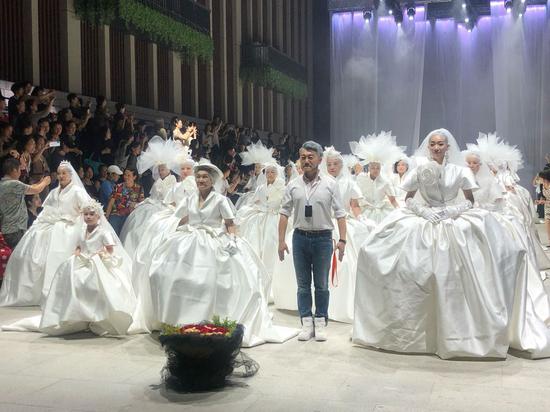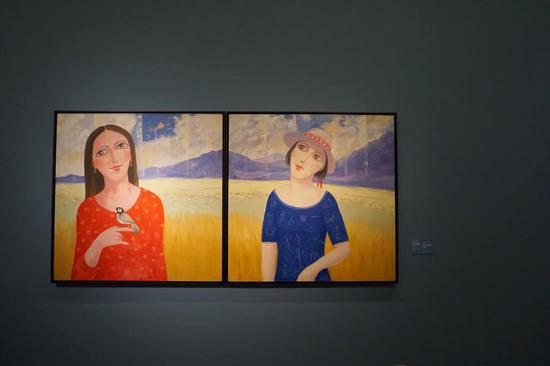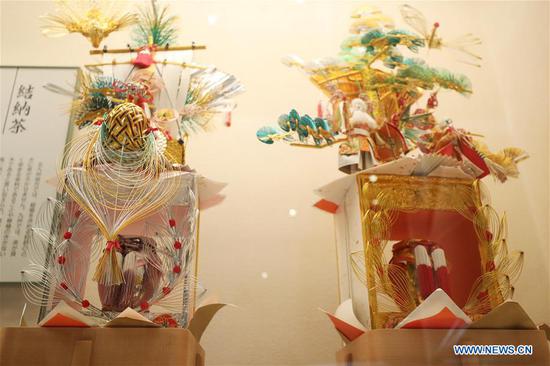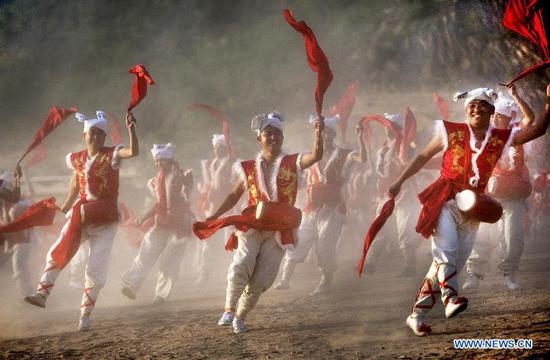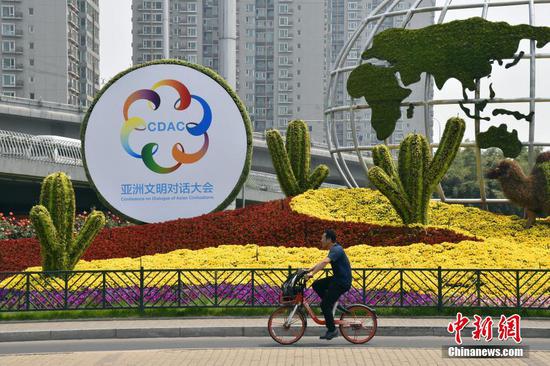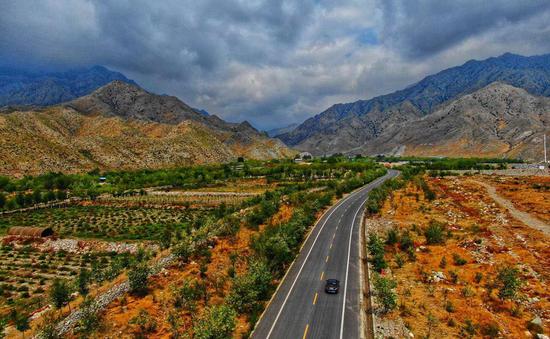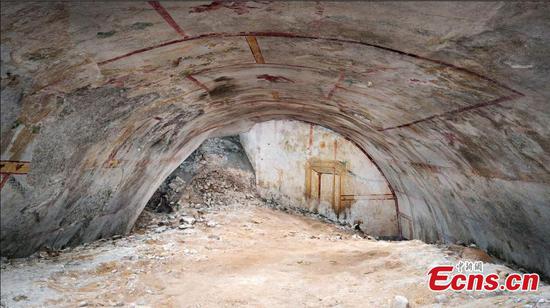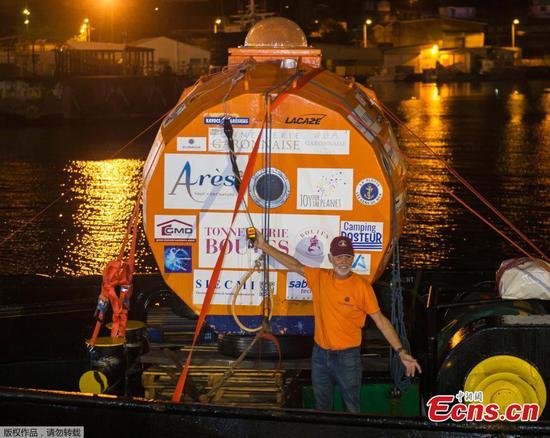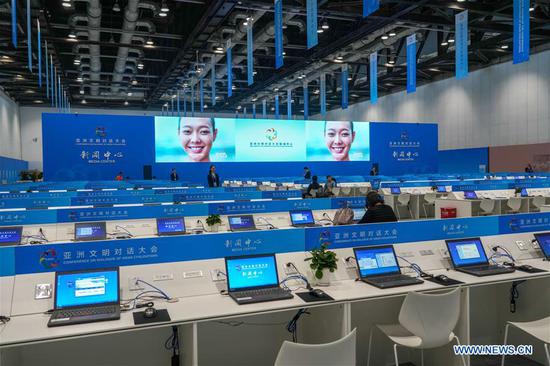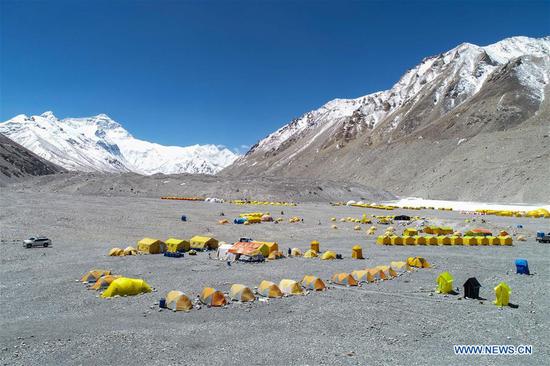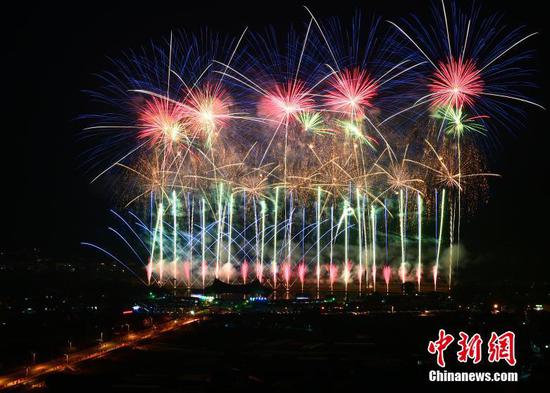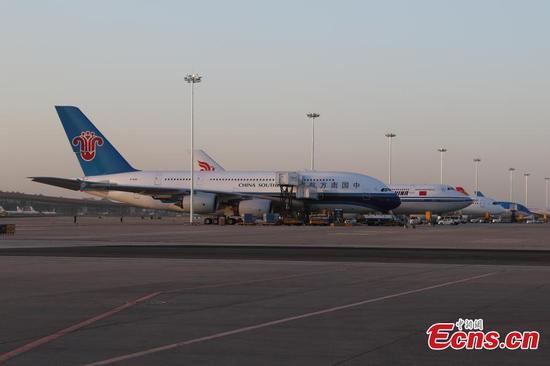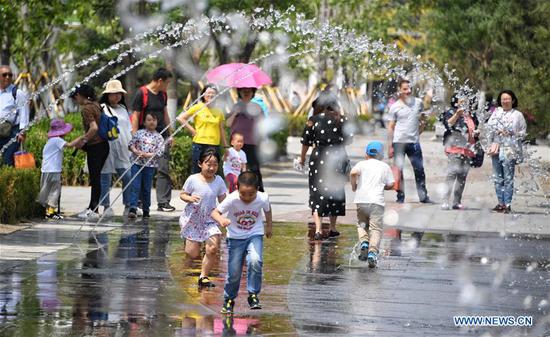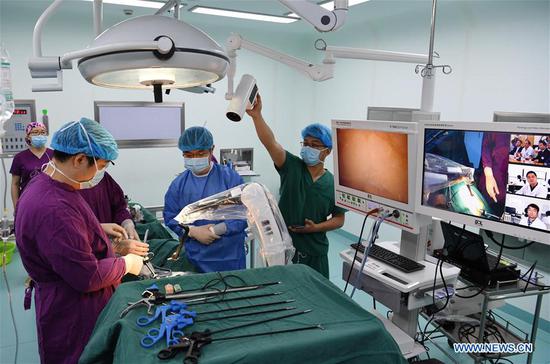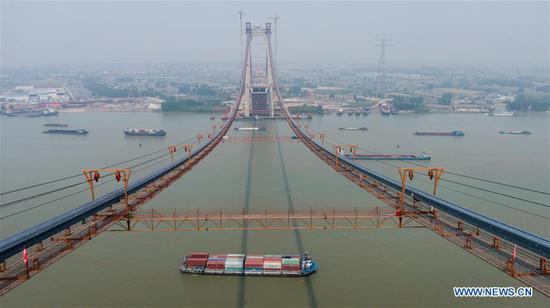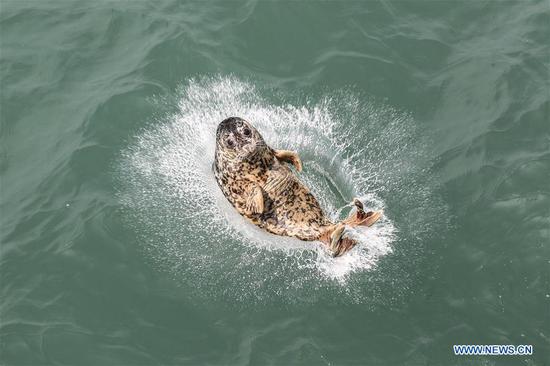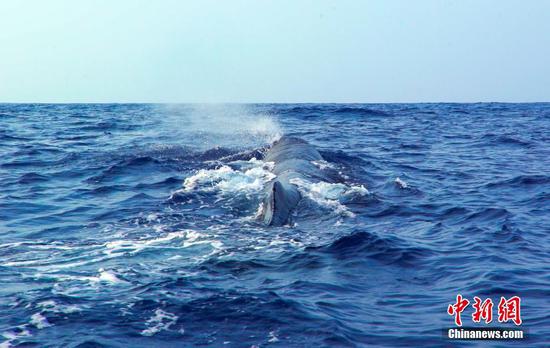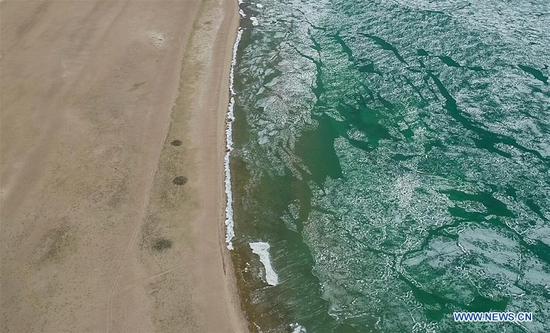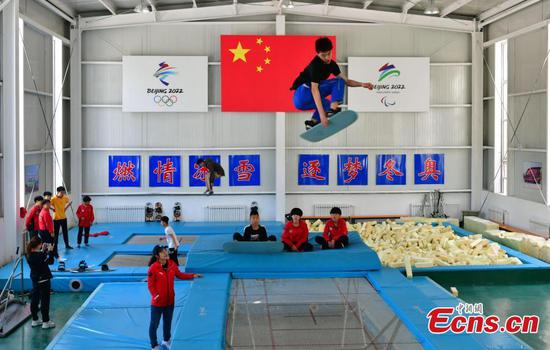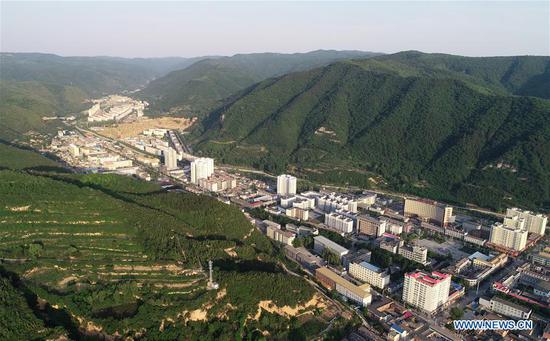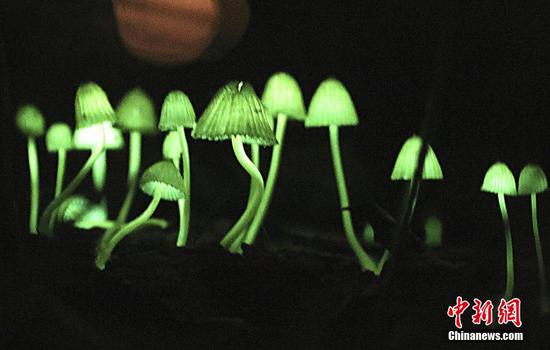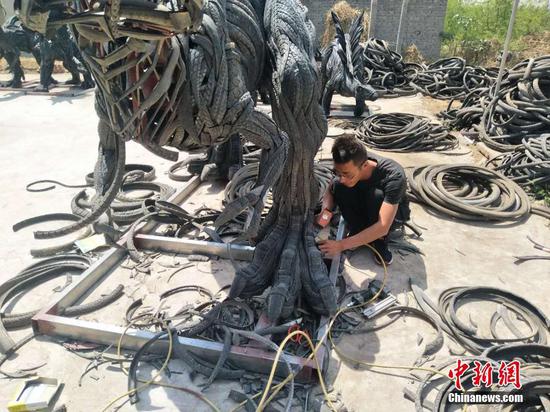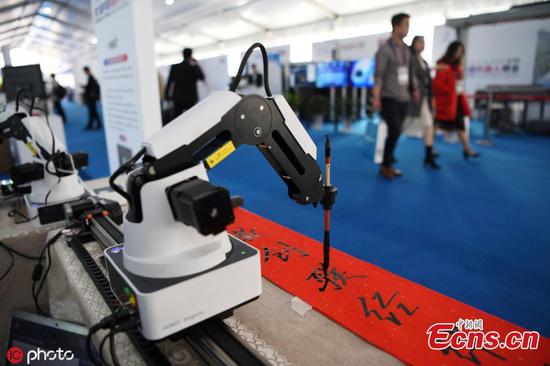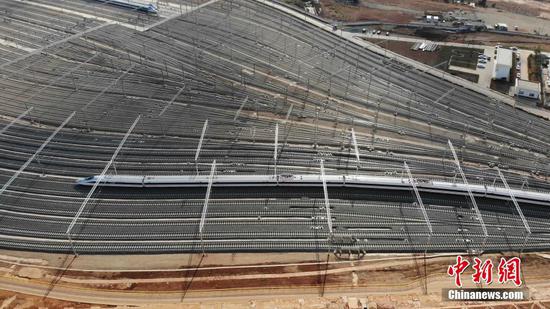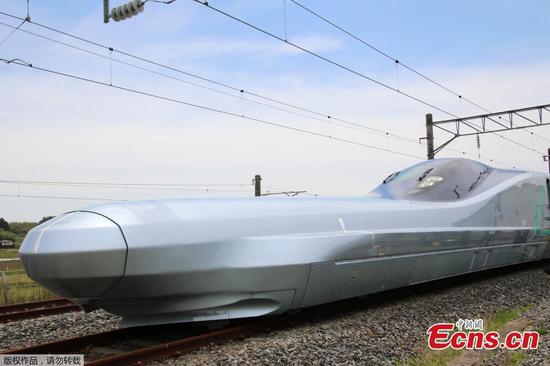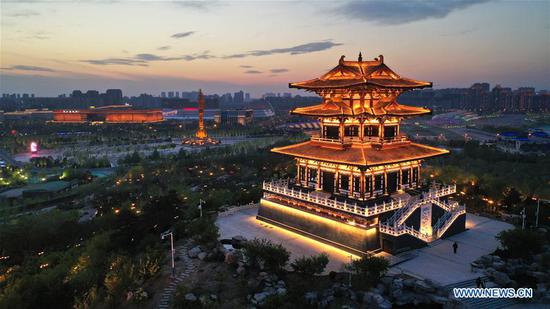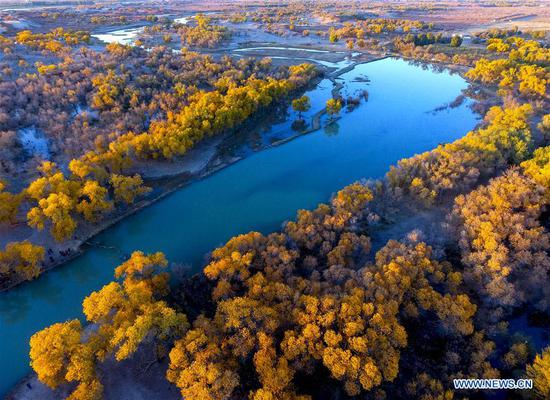
Several pieces of glassware and figurines are parts of the exhibition. (Photo provided to China Daily)
The exhibition also shows artifacts unearthed from the ancient ruins of Ai Khanoum, a city founded around 280 BC and destroyed by nomadic invaders around 145 BC. Decorative bronze and limestone components of architecture, human figurines and sculptures of deities demonstrate a distinctive influence of the civilization and culture of ancient Greece.
There are also objects excavated from several tombs of Tillya Tepe, dated to the early first century AD and earlier. The treasures include Rome coins, Greek figurines, Chinese bronze mirrors and silk, Indian ivory carvings and glassware from Syria or Egypt. The unique cross-cultural features show Afghanistan's status as an international, creative and diverse civilization along the ancient Silk Road.
Ivory, pottery and colored glass cups found in the ancient site of Bagram stand as examples of artistic sophistication, booming trades and a flourishing of Buddhist thought during the height of the Kushan Empire in the second century AD.
According to Mohammad Fahim Rahimi, who directs the National Museum of Afghanistan, the exhibits came from archaeological discoveries made before the former Soviet Union's invasion in 1979, and they survived the war by being secretly safeguarded in the vaults of the Afghanistan Central Bank, until they were uncovered again in 2003.
The collection of objects began a world tour in October 2006, and have since been exhibited in more than 20 museums across Europe, North America, Australia and East Asia.










